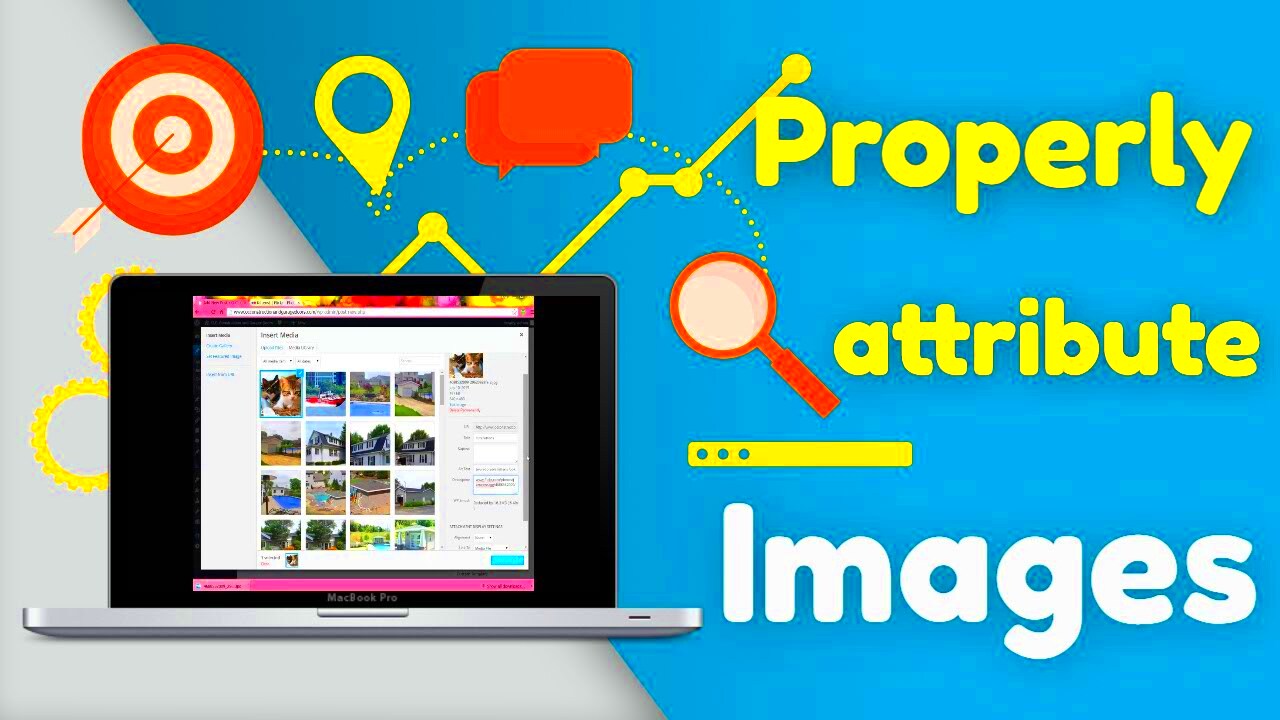Image attribution is the practice of giving credit to the creator of an image. It’s an essential part of using visuals ethically and legally. Whether you’re using photographs, illustrations, or graphics, proper attribution shows respect for the artist’s work and helps avoid copyright issues. When you attribute an image correctly, you acknowledge the effort that went into creating it and support the creative community.
Why Image Attribution Matters

Attributing images is crucial for several reasons:
- Legal Compliance: Many images are protected by copyright. Failing to attribute can lead to legal consequences.
- Support for Creators: Proper attribution helps artists gain recognition for their work, encouraging them to create more.
- Transparency: It builds trust with your audience, showing that you respect intellectual property rights.
- Better Resource Sharing: When you attribute correctly, it helps others find the original source, promoting a culture of sharing and collaboration.
Key Elements of Image Attribution
When attributing an image, there are several key elements to include:
- Title of the Work: If available, include the title of the image.
- Creator’s Name: Always credit the creator or photographer by their name.
- Source: Mention where you found the image. This could be a website or a stock photo service.
- License Information: Specify the type of license under which the image is released, such as Creative Commons.
- Date: If applicable, include the date when the image was created or published.
By incorporating these elements, you ensure a comprehensive and respectful attribution that honors the original creator’s rights.
Common Attribution Formats
Attributing images may seem tricky at first, but it’s quite straightforward once you know the common formats. Different platforms and licenses may require specific styles, so it’s essential to be aware of these variations. Here are some popular attribution formats you might encounter:
- APA Style: In-text citation includes the creator’s name and the year, with a full reference in the bibliography.
- MLA Style: This includes the creator’s name, title of the work, and the source. It is usually formatted as follows: Creator's Last Name, First Name. “Title of the Image.” Website Name, Date, URL.
- Creative Commons: Often formatted as: Image Title by Creator Name is licensed under CC BY 2.0. Always check the specific requirements for the type of CC license used.
Make sure to follow the specific guidelines of the license under which the image is provided. This will help you give proper credit while avoiding any legal issues.
How to Attribute Images from Free Range Stock
Using images from Free Range Stock is a great way to access high-quality visuals without breaking the bank. However, it’s essential to know how to attribute them properly. Here’s a simple step-by-step guide:
- Find the Image: Navigate to the Free Range Stock
Common Mistakes to Avoid
When it comes to image attribution, there are a few common pitfalls that people often fall into. Understanding these mistakes can help you navigate the process more effectively and avoid potential issues. Here are some of the most frequent errors:
- Omitting Attribution: This is the biggest mistake you can make. Always provide proper credit to the image creator, even if the image is free to use.
- Inaccurate Information: Double-check that all details—like the creator's name and the title of the image—are correct. Misattribution can mislead your audience and disrespect the creator.
- Using Generic Terms: Avoid using vague descriptions. Be specific about the image and its creator to maintain clarity.
- Ignoring License Requirements: Different images come with different licenses. Make sure to read and follow the specific rules for each image.
- Not Including a Link: If you're using an online source, always include a hyperlink to the original image. This not only gives credit but also allows your audience to explore more of the creator’s work.
By being aware of these common mistakes, you can ensure that you’re attributing images correctly and respectfully, supporting the creative community in the process.
FAQs About Image Attribution
Here are some frequently asked questions regarding image attribution. These questions can help clarify any confusion you might have:
- What is image attribution?
- Image attribution is the practice of giving credit to the creator of an image, acknowledging their work and ensuring legal compliance.
- Do I need to attribute free images?
- Yes, even if an image is free to use, proper attribution is usually required unless stated otherwise.
- How should I format my attribution?
- Format your attribution based on the style guide relevant to your content (e.g., APA, MLA) or according to the license requirements.
- What happens if I don’t attribute an image?
- Failing to attribute an image can lead to legal repercussions and damage your credibility.
- Can I modify images I attribute?
- Modification depends on the license. Always check the terms to see if changes are allowed.
Conclusion on Proper Image Attribution
Proper image attribution is not just a best practice; it’s a vital part of respecting the rights of creators. By giving credit where it’s due, you support artists and contribute to a culture of respect and collaboration. Remember, attribution is a simple yet powerful way to acknowledge the hard work behind every image you use.
As you navigate the world of visual content, keep the principles of clear attribution in mind. It enhances the value of your work, builds trust with your audience, and ensures that you’re using images ethically. So, whether you're blogging, designing, or creating social media posts, always prioritize proper image attribution to foster a respectful creative environment.

 admin
admin








